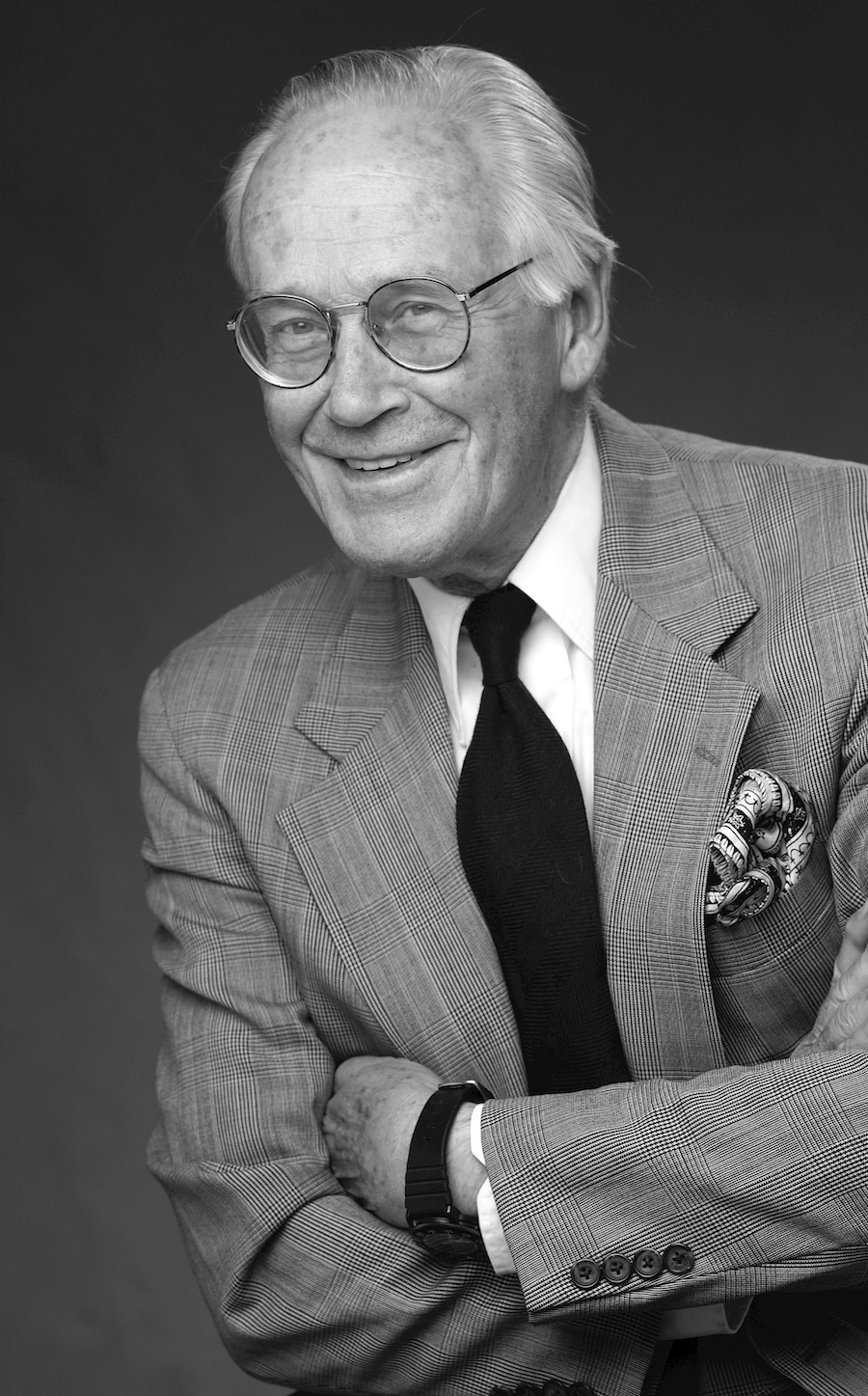A year ago, given the opportunity to introduce Jaquelin Taylor Robertson, the recipient of the Institute of Classical Architecture & Art's 2019 Board of Directors Honor, I celebrated Jaque with the perspective of over sixty years of personal friendship and professional admiration for a gifted architect, an inspired urbanist, and an influential educator. I first came to know Jaque when we were both students at the Yale School of Architecture, where he succeeded brilliantly as the outstanding member of his class. I marveled then at his embrace of the continuity of architectural tradition, something that was completely radical among almost all students of the day who were still fervent apostles of anti-traditional modernism.

Returning to the United States after some years in London, Jaque formed a brief partnership with Peter Eisenman, a joining of unlikely opposites. Then Jaque and his Yale classmate Alex Cooper entered into an enduring and highly productive partnership that gave Jaque the freedom to combine wonderfully inventive tradition-based residential and urban design with leadership as dean of the School of Architecture at the University of Virginia. At U.Va. he broadened and deepened the curriculum and gave a school that had had no particular direction firm foundations in the tradition of the classical without losing touch with the modern. He also redirected the university's building program, reviving the Jeffersonian tradition to overcome the banalities of post-war, helter-skelter design. While dean he also found time to write a book about the Virginia work of the New York architect William Lawrence Bottomley and to host a two-day-long conference of leading young architects, the proceedings of which were published as The Charlottesville Tapes, one of the key books of the Postmodern era.
Despite Jaque's deep Virginia roots, we in New York are lucky that he chose our city as home base, living and working here in his immediate post-Yale years and again after returning from Charlottesville. Jaque's great gifts to New York began in 1966, when he convinced John V. Lindsay, the city's newly-elected reform-minded mayor, to make architecture and urban design an integral part of the city's planning process. In so doing Jaque prevented New York from destroying itself. His work in New York ultimately resulted in the complete repudiation of the prevailing model of statistically-based land-use planning and its replacement with a far more nuanced urbanism that made physical design a principal part of a holistic decision-making process. Today it is impossible to build a significant building in New York without serious consideration of its contributions to the city's urbanism. For that, each of us who works in or visits New York City owes Jaque Robertson a special debt.
Jaquelin Robertson was one of the few architects of his time who could claim mastery over a range of work that encompassed the private world of the traditional country house and the public realm of entire new communities such as Celebration, Florida, where I had the privilege of partnering as co-master planner with my longest and closest friend in architecture. Jaque was instrumental not only in my own professional development but in that of entire generations of architects, for whom he set the highest possible standard for artistic talent in the service of the public.


Post a comment to this article
Report Abusive Comment